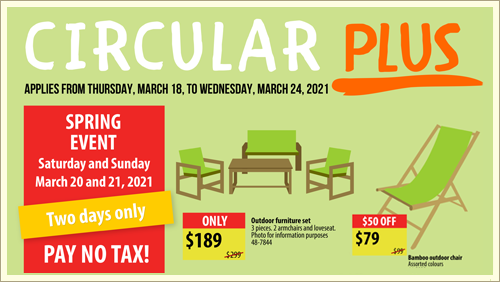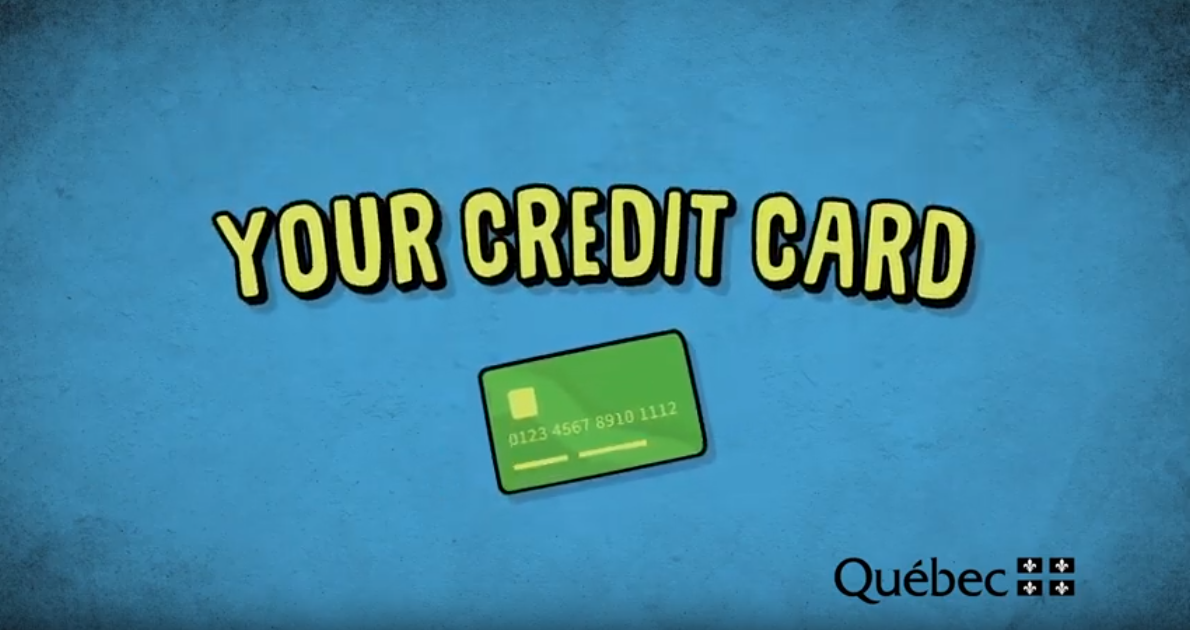
Which Tablet Should I Buy?
Objectives
- Name resources that provide information or opinions on goods and services;
- Identify the aspects governed by the Consumer Protection Act;
- Explain the roles of organizations and institutions that can tell consumers more about their rights and obligations;
- List the responsibilities of consumers.
Description
Students must embark on a purchasing process to buy an electronic tablet. They must first assess their needs, then create a table to compare product features, durability, warranties, possibility of exchange, reputation for customer service, the stores' exchange and refund policies, prices, consumer opinions, opinions of friends and family, and so on, for use in decision-making. They must consult credible organizations that publish product and service reviews or that explain the law, and, finally, justify their choice.
Equipment
- Student Worksheet;
- Answer Key;
- A board;
- Computers;
- An Internet connection.
Introduction
Q – To kick off the activity, the teacher asks students to name the steps of a purchasing process. The following elements must be addressed in the discussion:
- Assess my needs
- Create a comparison table based on my needs
- Identify the various options available to me
- Find out more about the different options by consulting the Internet, my parents and friends, and by visiting stores
- Compare the options based on the information gathered
- Make my selection
- Assess my decision
Q – What information do I need?
A – Product features, durability, legal warranties, the store's exchange and refund policy, product price, reputation for customer service, customer opinions on the product, etc.
Q – Where can I find this information?
A – Organizations that provide consumers with information about their rights and recourses, resources that publish product reviews, public affairs programs, websites that post consumer opinions on products, buyers' guides, the Internet (check source credibility).
Q – What organizations, resources, programs, and websites do you know about?
A – The teacher writes the answers on the board and fleshes out the information as follows. He or she asks students whether they know of any websites that post consumer product reviews. How do they make sure the sites are credible?
Organizations | Resources | Programs |
Protégez-Vous* [in French only]
| La Facture [in French only] | |
Éducaloi – An organization whose mission is to make legal information more accessible | Ça vaut le coût [in French only] | |
Community Justice Centers – Free legal information, support and referral services provided to citizens |
| |
|
| |
|
|
* These sites require a subscription in order to access test results for products. The Protégez-vous magazine can be consulted at your local library.
Instructions
Students get together in groups of two. The teacher distributes the Student Worksheet and proposes the following scenario:
You're looking to buy an electronic tablet. There are a lot of choices available on the market, and you're not sure where to begin. Using the Student Worksheet, start with a rigorous purchasing process consisting of the following steps:
- Assess your needs
- Create a comparison table based on your needs
- Determine the various options available to you
- Find out more about the different options
- Compare the options
- Make your selection, then justify it
- Assess your decision
Conclusion
After gathering the students together again, the teacher reviews the exercise by asking the teams to share the criteria they entered for their comparison table. The teacher can use the Answer Key to complete their answers.
The teacher also asks students what they are taking away from the activity.
Reinvestment activity
In order to transpose the purchasing process to an actual situation, the teacher can ask students to apply it the next time they buy something. To get the ball rolling, he or she asks the class questions like:
- Is there a purchase you'll be making soon to which you can apply the purchasing process?
- How do you plan to apply this process?
Next, the teacher asks students to conduct their own process at home for the purpose of making a real purchase. A few classes later, the teacher goes over the process again with the group. He or she asks the students about their process, its steps, and how useful these were in the decision to make the purchase.












